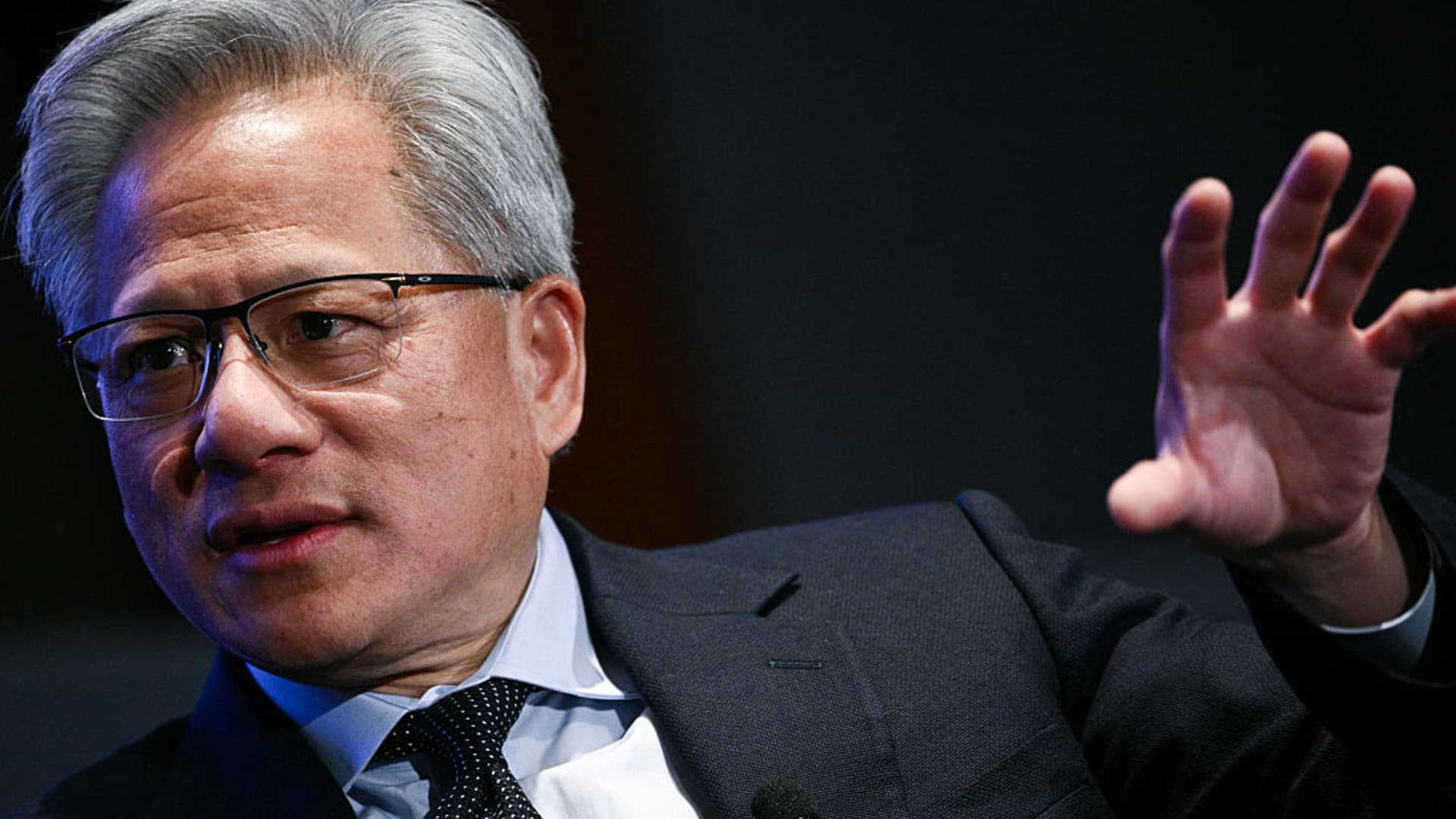China’s AI Capabilities: A Competitive Landscape
In the rapidly evolving world of artificial intelligence (AI), perceptions often shape reality. Nvidia CEO Jensen Huang has challenged the prevalent notion that China is lagging behind in AI development. His insights, drawn from various interviews and public appearances, reveal a competitive landscape where China is not just catching up but also emerging as a formidable player.
The Current State of China’s AI Development
Huang’s perspective is clear: China is not behind in AI. This assertion is significant, given the widespread belief in Western circles that the United States holds a dominant position in AI technology. Huang’s comments suggest a more nuanced reality, where China’s advancements are rapidly closing any perceived gaps.
During an interview, Huang emphasized that China’s progress in AI is substantial. While the U.S. may still hold a slight edge, the difference is minimal. “China is not behind,” Huang stated. “Are they ahead of us? China is right behind us. We’re very, very close.” This statement underscores the competitive nature of the AI race and the need for continuous innovation and adaptation.
Huawei: A Formidable Competitor
One of the key players in China’s AI landscape is Huawei. Huang has repeatedly referred to Huawei as “one of the most formidable” competitors in the AI space. This recognition is not merely about Huawei’s current capabilities but also about its potential to disrupt the market. Huawei’s reported doubling of AI chip yields to 40% is a testament to its growing influence and technological prowess.
Huawei’s advancements in AI chip manufacturing are particularly noteworthy. The company’s ability to increase yields indicates a robust supply chain and a strong focus on research and development. This capability is crucial for sustaining growth in the AI sector, where hardware and software advancements go hand in hand.
The Geopolitical Implications
Huang’s comments also have significant geopolitical implications. The U.S. and China are engaged in a technological arms race, with AI being a critical battleground. Huang’s call for revised AI export rules highlights the strategic importance of AI technology in global trade and diplomacy. He has urged the Trump administration to change regulations for exporting AI technology, arguing that such changes would allow American businesses to better capitalize on global opportunities.
This call for regulatory change is not just about economic gains but also about maintaining a competitive edge in the global AI landscape. By facilitating the export of AI technology, the U.S. can ensure that its companies remain at the forefront of innovation while also fostering international collaboration.
The Role of Nvidia in the AI Landscape
Nvidia itself is a major player in the AI market, particularly in China. The company’s dominance in China’s AI market is a result of its early entry and continuous innovation. Nvidia’s solutions have been integral to the development of AI applications in various sectors, from healthcare to autonomous vehicles. Huang’s insights reflect a deep understanding of the market dynamics and the competitive landscape.
Nvidia’s position in the AI market is also a reflection of its strategic investments and partnerships. The company’s collaborations with leading tech firms and research institutions have enabled it to stay ahead of the curve. However, Huang’s acknowledgment of China’s capabilities indicates that Nvidia is not resting on its laurels but is actively engaging with the competitive landscape.
The Future of AI: Collaboration and Competition
As the AI race intensifies, the future will likely be shaped by a combination of collaboration and competition. While countries and companies vie for technological supremacy, there will also be opportunities for mutual growth and innovation. Huang’s insights suggest that the AI landscape is dynamic and evolving, with no single entity holding a monopoly on innovation.
The geopolitical tensions between the U.S. and China add another layer of complexity to the AI race. Huang’s call for revised export rules is a step towards fostering a more collaborative environment, where technological advancements benefit all stakeholders. However, the competitive nature of the AI race is unlikely to diminish, as companies and countries strive to gain an edge in this critical sector.
Embracing the AI Challenge
In the grand scheme of things, the AI challenge is not just about technological supremacy but also about fostering a global ecosystem where innovation thrives. Jensen Huang’s insights on China’s AI capabilities offer a valuable perspective on the competitive landscape. His recognition of China’s advancements and the growing influence of companies like Huawei underscores the need for continuous innovation and adaptation.
As the AI race intensifies, it is crucial for all stakeholders to engage with the competitive dynamics and work towards a future where technological advancements benefit everyone. The AI challenge is far from over, and the next few years will be critical in shaping the future of this transformative technology. Jensen Huang’s insights provide a roadmap for navigating this complex landscape, where collaboration and competition go hand in hand. The future of AI is not just about who leads the race but about how we all can innovate together, creating a world where technology serves the greater good.

